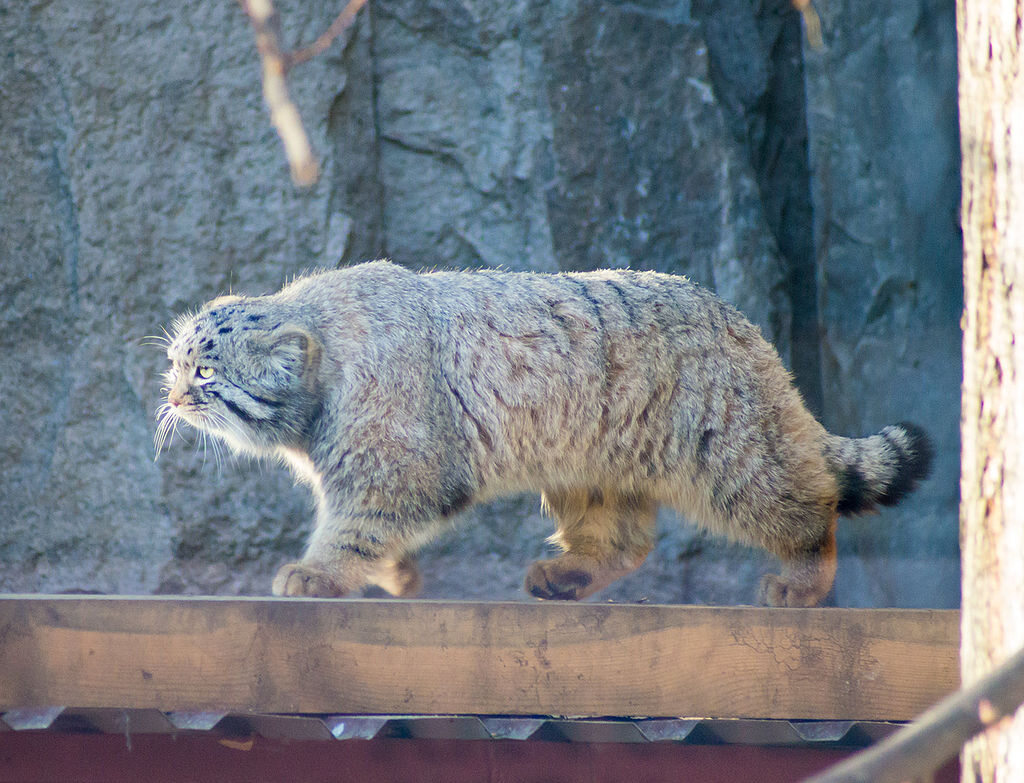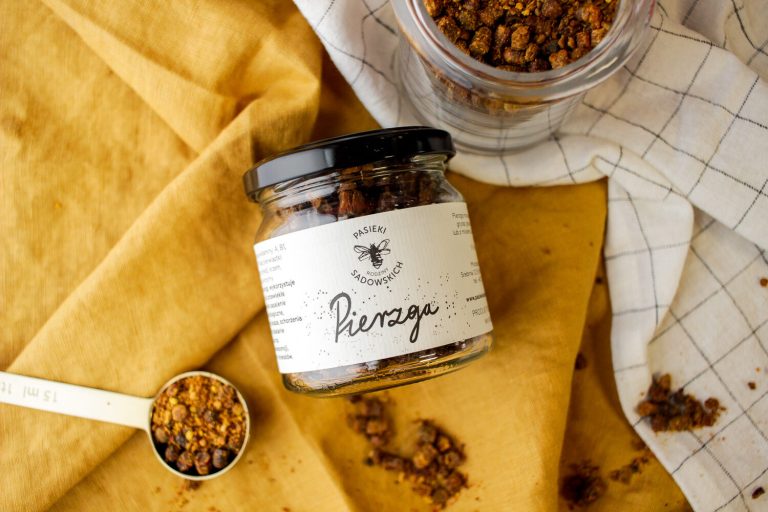He looks like an overfed, fluffy kitten. In fact, it is a wild predator

The steppe manul, as this species of predatory cat is called, is an animal that occurs in its natural environment only in Asia. And although it looks like a sweet kitten, spoiled by its owners, in fact it copes well in the difficult steppe conditions.
Manul, also known as Pallas’s Cat, is a small wild cat that inhabits the mountainous Asian steppes. It is about the size of a domestic cat, but its long and thick fur makes it look like it is much fatter than a typical cat. This effect is enhanced by the manula’s crepe body structure.
No wonder many people see this animal and think it is a sweet, fat and fluffy kitten. In fact, it is a predator that is very good at surviving in its natural habitat of the steppes, rocky deserts, plains and treeless mountainous areas of Central Asia. It can be found up to 4,500 m above sea level. In most of its range it is protected because it is considered a species close to extinction.
Pallas cats are solitary animals. They spend the day in caves, rock crevices or burrows dug by other animals, and start hunting in the late afternoon. As you might guess, they are not fast runners and hunt mainly by ambush, using low vegetation and rocky terrain as cover. Manulae hunt pikas, small rodents and birds.
Manula was first described in 1776 by the German naturalist Peter Simon Pallas, hence one of its names. In turn, the word “manul” itself means koto in the Kyrgyz language.






